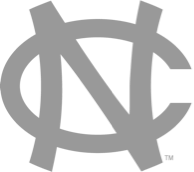Our assignments were designed to optimize learning.
Mastery-based reviews to guide study sessions...
Most learners don't know how to properly study, and those that do often don't know what to study. Our reviews walk learners through course material in a manner proven to optimize knowledge retention.
Explain the difference between permutations and combinations, and provide an example of each.
...which can include low-stakes coding practice.
The jump from learning coding concepts to applying them in projects can be steep. Our reviews support coding questions to supply learners with a low-stakes environment to master fundamental concepts.
Write a function to multiply two input parameters, a and b.
def product_of_two(a, b):
Integrating with the tools you already use
We're happy to host your entire class. But if you already have a preferred LMS, we can plug right into it.
Ready to incorporate our Discrete Structures for Computer Science assignments into your class?

























